Index of Articles and Essays
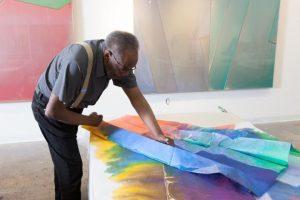
|
Meet the Artists in State Your Intentions: New Works in the WAM Collection In expanding the permanent collection, WAM aims to accession new works wisely and with the utmost intention. To our Senior Curator Diane Mullin, this means attentively developing our collections of work by Black and women–identifying contemporary artists, and works considered international art, Minnesota art, and video and other moving-image art. |
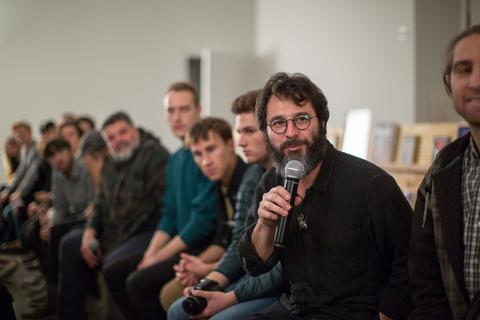
|
Q&A: Target Studio Curator Boris Oicherman WAM’s Cindy and Jay Ihlenfeld Curator for Creative Collaboration, Boris Oicherman, reflects on the past year’s progression in working towards fulfilling the Target Studio for Creative Collaboration’s mission, as well as what the future of the studio has in store. Kate Drakulic: You began planning for this year’s studio cohort in the summer of 2017. At the time, what were your initial intentions for the Target Studio for Creative Collaboration? |
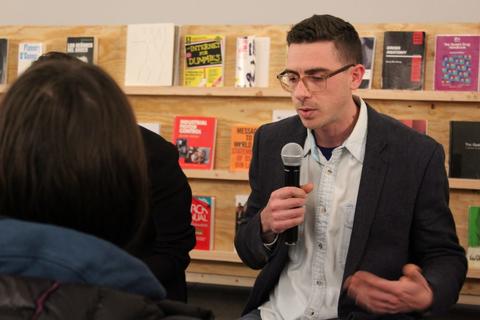
|
Daniel McCarthy Clifford on the "Section of Disapproved Books" Over the last few years I have produced a body of work that focuses on social control. These conceptual art projects have been effective in teasing out and putting on display some of the unseen ways institutions exercise control. The zine project Inmate Activity Book is a perfect example: produced in collaboration with a federal inmate, the final product was censored or confiscated by Bureau of Prisons officials at over 50 Federal Correctional Institutions. |
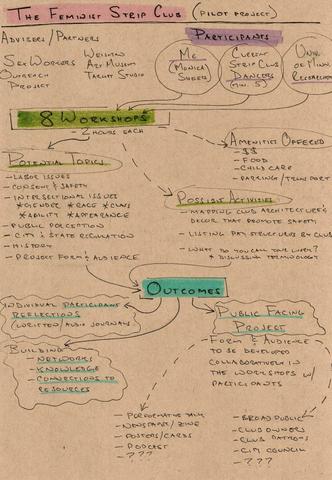
|
Monica Sheets on "The Feminist Strip Club" (Post #2) When I am initiating participatory projects, I am engaged, of course, with the questions and issues specific to the context—in this case, the labor issues within and feminist potential of erotic dancing. But I am also thinking about overarching issues of participation and organizing. |
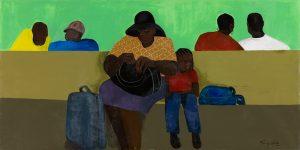
|
Why America Should Remember Rondo Melvin R. and Rose J. Smith are proud Minnesota artists. Currently living in Eagan, Minnesota, they were residents of St. Paul’s Rondo neighborhood for many years—Rose for most of her life and Melvin from 1963 to 1968. The Smiths’ art consists of urban scenes and portraits that present realist, expressionist, and at times allegorical takes on Black life in America. The works in this exhibition are drawn from their Rondo series—a sprawling body of work that stands as an elegiac anthem for that lost neighborhood and the enduring community that lives on in its wake. |